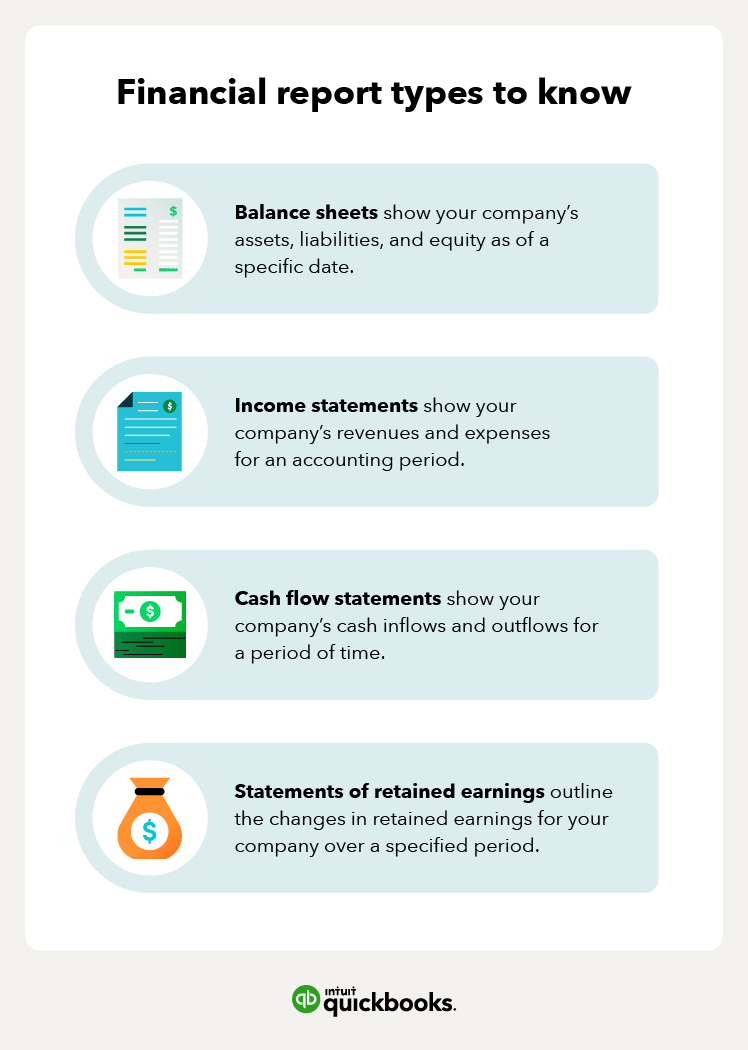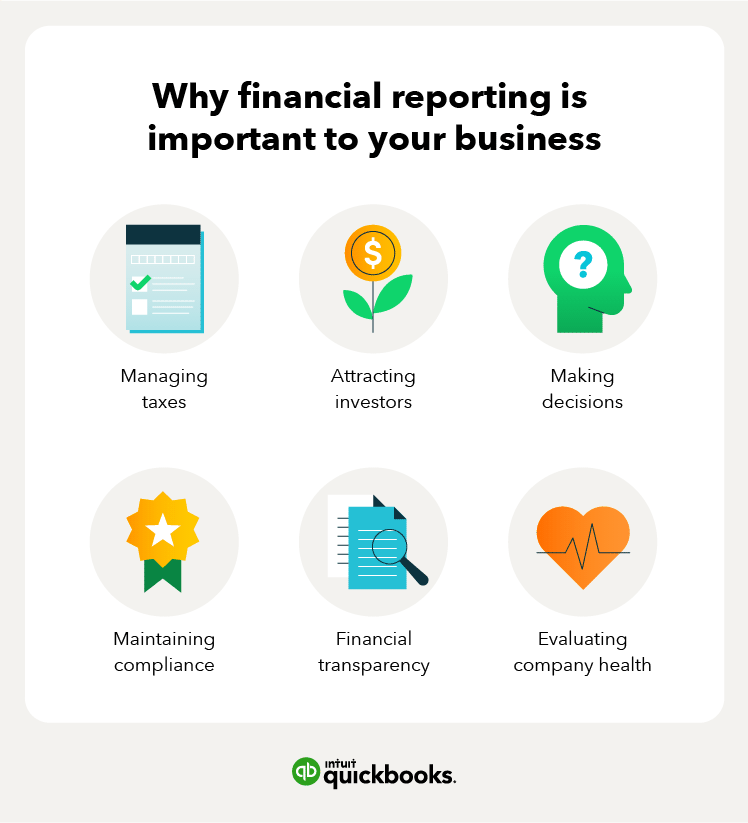Why is financial reporting important?
Financial reporting is about compliance and having the right data to make strategic decisions, manage risks, and drive growth. With accurate reports, you can track performance, secure financing, and maintain compliance without guesswork.
Your financial reports reveal the numbers behind your business’s success. They help you calculate break-even points, assess cash flow, and determine funding needs. The more frequently you review them, the more effectively you can respond to challenges and opportunities.
Managing taxes
The IRS relies on your financial reports to determine tax liability, and errors can lead to penalties or overpayments. Proper accounting and financial reporting ensures you take advantage of deductions, minimize tax burdens, and maintain accurate records for audits.
Attracting investors
Investors need to see a strong financial foundation before committing capital. Reliable financial reports demonstrate profitability, cash flow strength, and long-term viability—helping you secure funding and build credibility with stakeholders.
Making decisions
Your reports provide real-time insights into revenue, expenses, and profitability. With accurate data, you can adjust pricing strategies, control costs, and invest in growth opportunities—turning financial information into a competitive advantage.
Maintaining compliance
Regulatory bodies like the IRS and SEC require businesses to maintain transparent and accurate financial records. Regular reporting helps you stay compliant, avoid penalties, and ensure your company meets legal and industry standards.
Evaluating company health
To fully understand your company’s financial position, track key performance indicators (KPIs). These metrics provide a clear view of profitability, liquidity, and long-term sustainability.
1. Gross profit margin: This metric shows how efficiently you turn revenue into profit. A declining margin signals rising costs or pricing issues that need immediate attention.
Formula: (Revenue – Cost of Goods Sold) ÷ Revenue
2. Net profit: Your net profit is your bottom line—what’s left after covering all expenses. If it drops, it’s time to evaluate spending, pricing, or operational inefficiencies.
Formula: Total Revenue – Total Expenses
3. Current ratio: This ratio measures liquidity and your ability to cover short-term obligations. A ratio below 1.0 signals potential cash flow concerns.
Formula: Current Assets ÷ Current Liabilities



 The
The 






